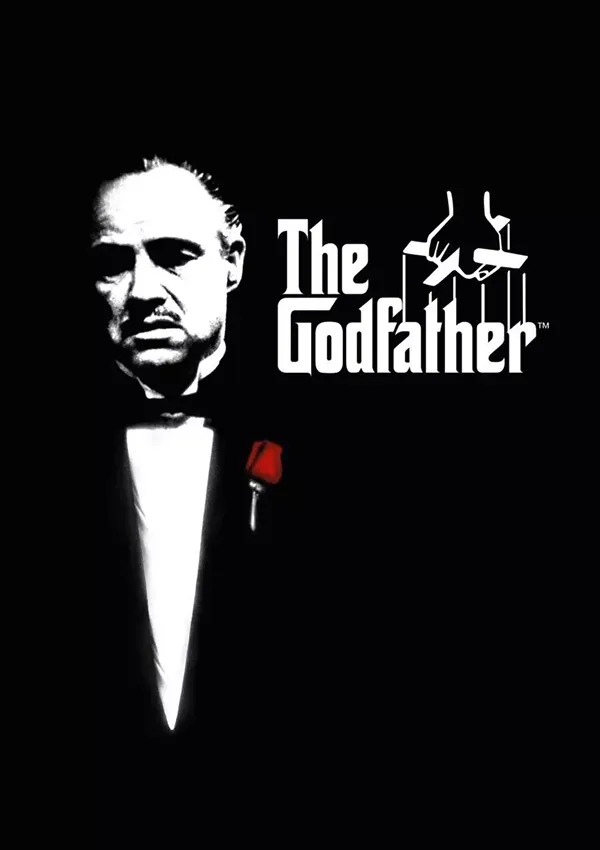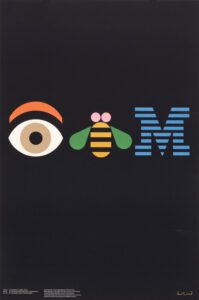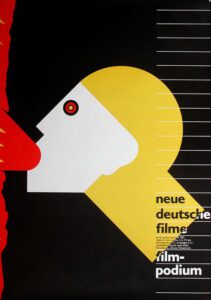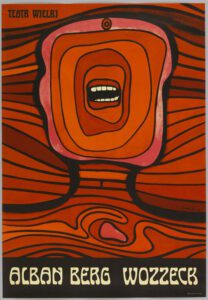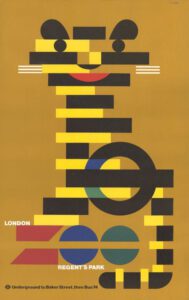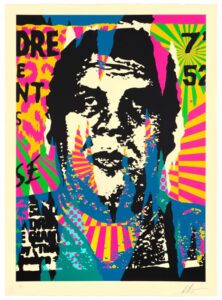A success story that started with a poster
Let’s face it, you can’t really have a conversation about the best movies of all time without talking about The Godfather. Directed by Francis Ford Coppola, and based on the incredible novel by Mario Puzo, The Godfather hit cinema screens in 1972 and the discussion about its influence hasn’t quit since the day it premiered. However before it was released, The Godfather movie poster became a marketing masterpiece and set the tone for the movie that was to become a classic.
The Godfather was the prototype for every gangster movie which came after it. As well as that, it was also a dark meditation on power, crime, family, and the seedy underbelly of the American Dream.
And that’s before mentioning the fact that it featured career-defining performances from at least half a dozen of the greatest actors of all time (Al Pacino, Marlon Brando, Diane Keaton, Robert Duvall, and James Caan, to name a small few).
It spawned two sequels – the acclaimed Godfather II and the polarising finale Godfather III – as well as leading to many, many imitators in the gangster genre.
The Godfather was the highest-grossing movie in 1972. This was due, in no small part, to the fact that it was heavily promoted and marketed before its release (it’s reported that cinemas had already sold out entire theatres in advance of its premiere).
So, when we’re talking about how The Godfather got to be the success story that it is today, it’s worth talking about the role that marketing played in its success. In particular, it’s worth looking at the instantly recognisable movie poster that was shared before the movies’s release.
How did the design for The Godfather movie poster come about?
The design for the movie poster was based very heavily on the design for the original book cover.
The book was released in 1969 and movie rights for it were immediately snapped up by Paramount Pictures, who clearly knew a good story when they read one.
The book cover was designed by Neil Fujita, a Hawaiian-born artist who designed the covers for numerous books, albums, and other art mediums.
What’s happening in the poster?
The poster is almost entirely black, excepting:
- the title The Godfather, which is in a sharp, white sans serif font;
- the outline of Marlon Brando’s Vito Corleone, which is also in white;
- the puppet strings and cross brace which sit above the movie title;
- the red rose on Vito’s lapel.
Some versions of the poster contain a thin white border around the edges, which fades at the bottom into a quote from the film, “I’m going to make him an offer he can’t refuse.” Some versions contain credit information such as the director’s name and the cast, while others have the production company’s name – Paramount Pictures – at the top of the poster and its logo below.
The Godfather poster is minimal, straightforward, and heavily reliant on the artwork of the original book cover. Nonetheless, it is widely considered to be one of the most memorable film posters in cinema history.
So why is this?
Let’s take a deep dive into what’s going on in the poster:
A very simple marketing idea is that if you have a big-name star in your movie, it’s worth your while to use him or her on the movie poster. So it goes that Marlon Brando – one of the mid-20th century’s most recognisable faces – was used on The Godfather But this wasn’t a Marlon Brando that many would have seen before. After 10 years of underachieving in the movie business, the Marlon Brando who starred in The Godfather was a far cry away from the young, carefree ‘rebel without a cause’ that people had known him as from movies in 1950s. The mere image of his lined, moustachioed face might’ve been enough to draw people in out of pure curiosity.
Book cover recognition
Another simple marketing idea – if your movie is based on a book which sold over nine million copies in two years and stayed on the New York Times bestseller list for 67 straight weeks, then maybe it’s a good idea to include some details of the book cover on the movie poster.
The use of colouring in this poster is fairly minimal but very effective. Firstly, look at how it emphasises Vito’s facial expressions – how it deepens the lines on his face, how it blackens out his eyes, how it heightens the aspect of his jowls, and how it exaggerates his grimace. You wonder if he’s in pain, or if he’s expressing disapproval, or if he’s wrestling with a heavy heart. Secondly, you note that Vito is in a black tie in this poster, suggesting formality. And yet despite his dapper look, I can’t be the only one who thinks that the use of black-and-white here, in a scene from a film set in the 1950s, screams ‘mugshot’. Already, that gangster element of ‘criminality vs legitimate business’ is at work.
The typeface
Book cover designer Neil Fujita was clearly onto a winner with this typeface. Featuring heavy lettering, with the top of the G extended over the first three letters, it makes your mind think about what exactly it means to be a ‘god’, or a ‘father’, or a ‘godfather’ in the context of the Mafia. On top of that, let’s face it, the ‘Godfather’ font is one of the most recognisable fonts out there. Its usage can be spotted from a mile away.
Another carry-over from the book cover, the strings and cross brace raise questions about power, control, and who’s ‘pulling the strings’. All big, juicy questions in a Mafia movie.
The heavy use of black
We’ve already gone over the contrasts in this poster, but it’s worth saying something about how the heavy use of black makes this poster feel so important that it’s almost regal. Seriously, this poster feels like it deserves pride of place in cinema hoarding. If we saw this in a newspaper in the 1970s and knew nothing about The Godfather, we’d still be tempted to cut it out and stick it on our wall.
The only bit of colour in the poster which isn’t black or white. Roses can be used to symbolise celebration – as is the case for Vito when he wears one on his lapel during his daughter’s wedding at the start of the film. They can also be symbols which beg forgiveness – such as in a case of a domestic dispute or after an incident of violence. And they can be used as symbols during funerals – as is the case when roses are placed on Vito’s coffin following his death. All told, roses are important symbols in The Godfather.
Marketing plays a part
The movie poster for The Godfather is a good example of artists and marketers rising to a big occasion.
The Godfather was already one of the most talked about cinematic events in 1972. And well before it hit the screen, its theatrical release poster gave a real, tangible, respectable face to Coppola’s creation.
If this is one of the greatest movies of all time, its poster played a sizeable part in helping it get there.
